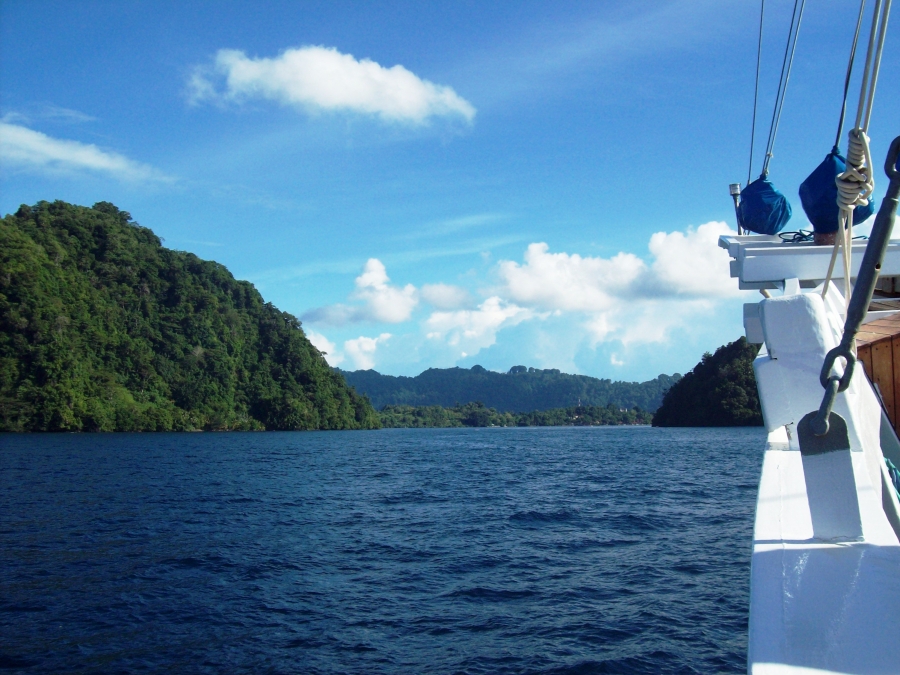Dormant volcanoes rising out of the middle of nowhere in the Banda Sea are the settings for the most fantastic wall diving experience, with the remote Lucipara and Gunungapi as the jewel of the crown. This cruise sail the volcanic inner arc of the archipelago, where the scenery changes from clusters of limestone islands to dramatic isolated volcanic peaks. Volcanic islands, raised coral atoll, and ancient coral reefs. We will traverse a wide range of Indonesian geological landscapes with a great diversity of dive sites. Arriving Flores, after sailing along the natural migratory routes of whales and dolphins, we will see an amazing biodiversity and natural beauty both above and below the water. The dive sites of Ring of Fire, from Flores Sea to Banda Sea, are blessed with some of the best scuba diving in Indonesia.
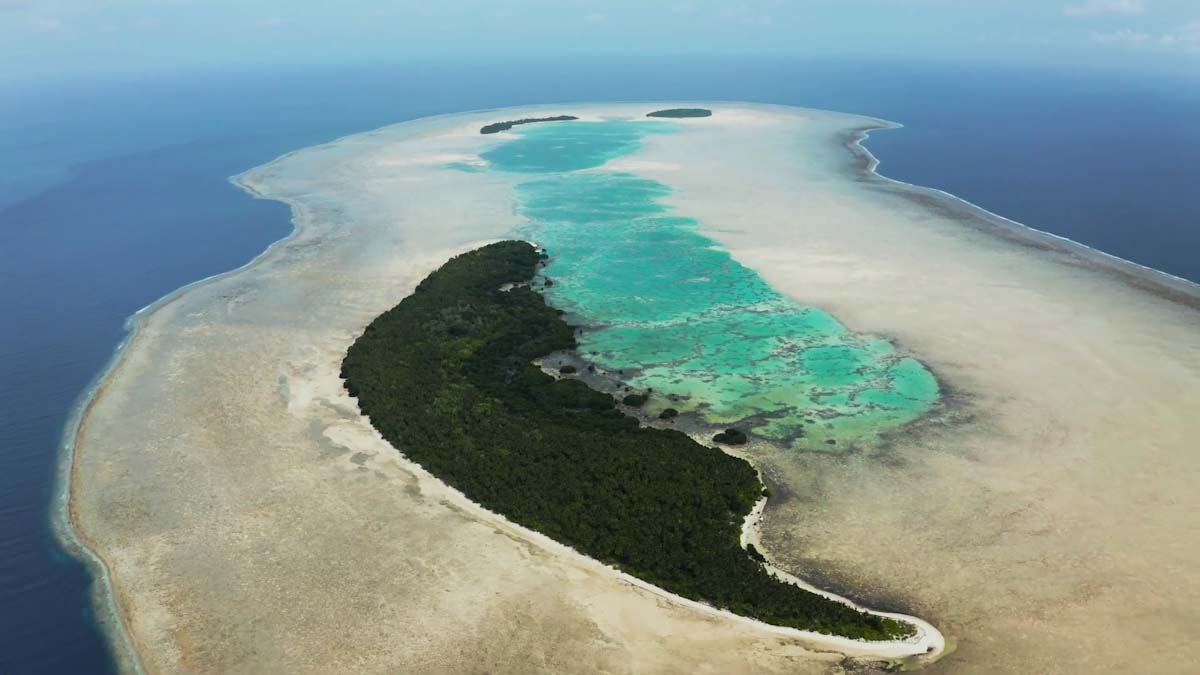
Last updated: December 24, 2022
RING OF FIRE
Scuba diving in the most remote islands of Banda Sea
1. DIVE SITES
The journey begins in Ambon, the historic capital of the Moluccas, and then arrives in Nusa Laut, before reaching the Banda Islands, strategic overseas colonies of the 16th and 17th centuries. Notoriously known as the "Spice Islands" they were the cause of wars between the Portuguese and the Dutch who disputed control over them. From Ambon, this cruise can follow different itineraries, depending on the time available, the most direct line passes through Lucipara and Gunung Api, remote and isolated in the sea of Banda. Then Wetar to reach Alor, and Maumere in the island of Flores. Most times Banda Islands and Nusa Laut are included. Other times: Damar, Terbang and Wetar. Contact us to planning your next dive cruise or to organizing your full charter liveaboard.

Ring of Fire Itinerary: from Flores Sea to Banda Sea
Ambon
Ambon was conquered first by the Portuguese and then by the Dutch who built imposing forts, still visible today, to defend the monopoly in the spice trade which at the time had a higher value than gold in Europe. Currently, Ambon is the capital of South Moluccas, and also one of the best places for muck diving and macro. The population is a mix of different cultures and ethnic groups, the hospitality and kindness is proverbial. The Ambonese are very proud of their history and the beauty of their island. The port of Ambon is located between two volcanoes with slopes covered with vegetation, one gets the impression that it hasn't changed much since the times when Magellan first arrived with his ships.
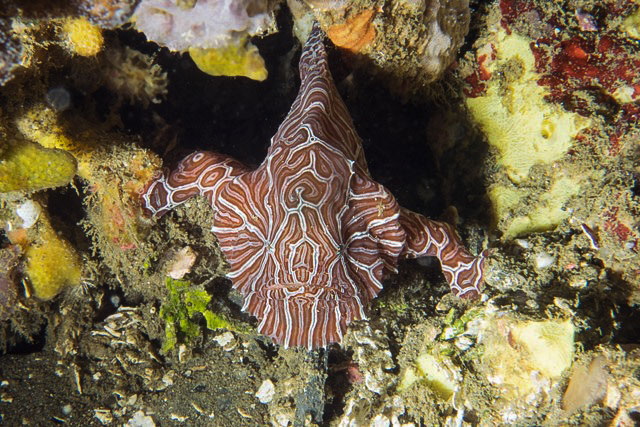
Ambon is another critter mecca similar to Lembeh, it is famous for Rhinopias of every color and every kind -Rhinopias frondosa, eschmeyeri, aphanes-, psychedelic frogfish, ghostpipefish, harlequin shrimp, mimic octopus, wanderpus, flamboyant cuttlefish, zebra crabs, Coleman shrimp, and dozens of different nudibranch species.
The shipwreck in the bay is full of life, covered in colorful soft corals, it is an irresistible lure for the profuse amount of fish in the area. Pilot whales sometimes come close to the pier.
Nusa Laut
A short distance from Ambon, it is the best example of how a village takes care of its sea, the reefs are still as they were hundreds of years ago, the locals have protected them and now it is one of the most beautiful diving spots. The corals are unbeatable, the sand of the lagoon shelters stingrays and leopard sharks, white and gray tip reef sharks patrol the depths, there are also turtles, schools of pelagics, sometimes dugongs.
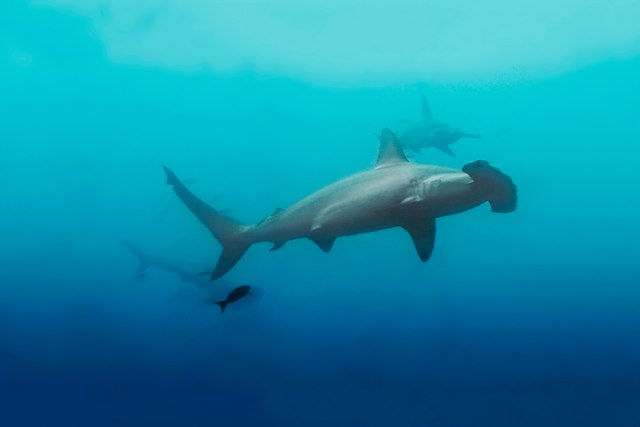
Banda Islands
Dominated by the active volcano Gunung Api, the Banda Islands were for 300 years the source of the wealth of Dutch colonies, which had the world monopoly on spices, in fact nutmeg, cloves and cinnamon grew only on these islands and were sold in Europe at very high prices (300 times the price paid in Ambon). It can be said that the most beautiful buildings in Amsterdam were built with the wealth accumulated by this trade. The attraction of these islands is not only diving, but also the nutmeg plantation, old houses, churches and colonial forts that have remained intact for centuries.
Fascinating excursions and climbing volcanoes will give a special feeling, those who are fit and want to get up early, can climb the volcano Gunung Api to watch the sunrise. Many beautiful deserted beaches to explore. Returning to the diving, it reserves many surprises, especially the site near the pier where frogfish, ghost pipefish and mandarin fish are fixed presences.
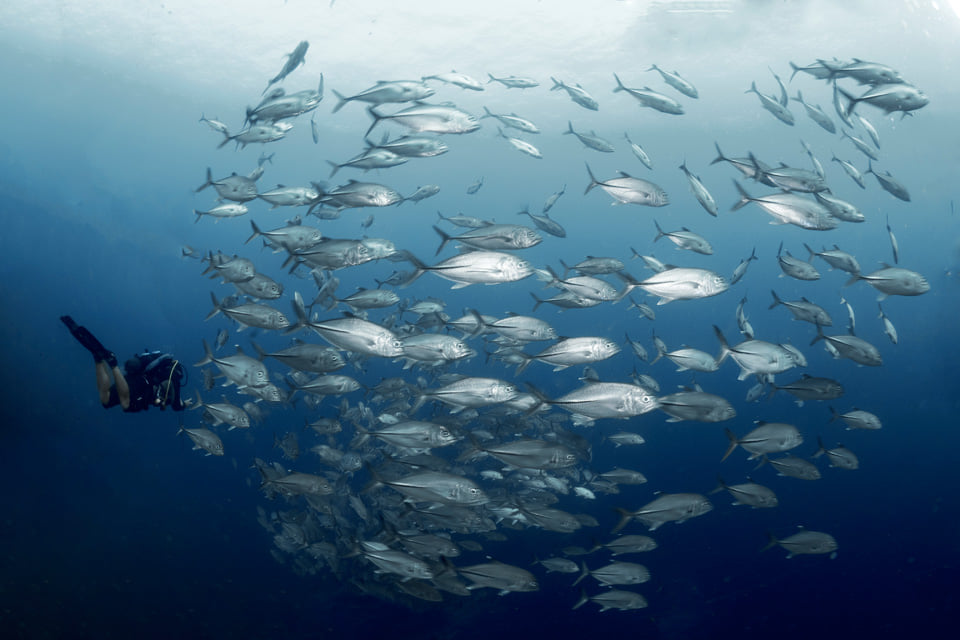
The outer reefs of Bandaneira are full of marine fauna of all colors and shapes. Schooling fish gather and the macro life is rich. A really unique area is the dive under the pier of Bandaneira. The size of the mandarin fish are just out of this world and if you are looking for other critters, cockatoo wasp fish, flying gurnards, frog fish, juvenile barramundis, juvenile emperor angle fish, juvenile sweetlips.
Pulau Run and Pulau Ai have both pristine clear waters, lovely walls and good fish life, we might go a bit deeper in search of more hammerheads, big fish can be seen here as well, napoleons, schools of black snappers, bumpheads, etc.
A bit south is Hatta, consisting of an underwater coral garden with a friendly school of bumpheads and some white tips among its highlights.
Banda Api homes Lava Flow dive site. Twenty years ago Gunung Api erupted and the lava poured into the ocean and in the short time since a hard coral garden grew which is unrivalled in the world. The Acropora or table corals are over 5m width, staghorn corals as far as the eye can see and even endemic species found nowhere else is just a sample of what you can see here.
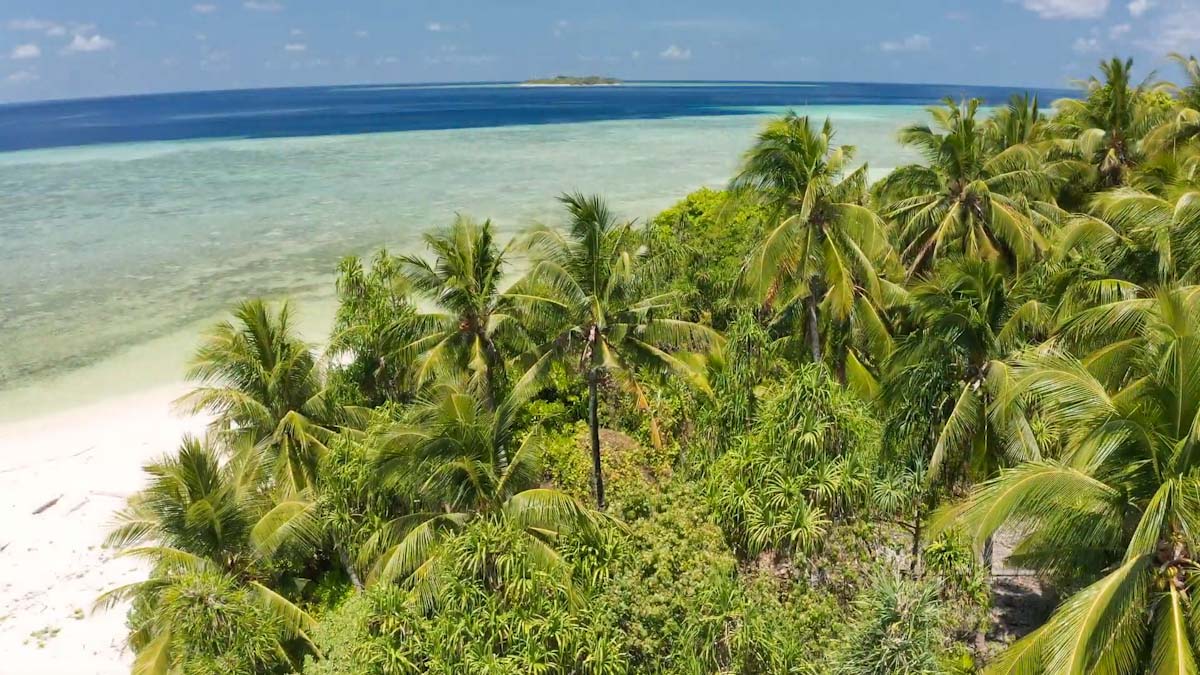
Lucipara Islands
After sailing 120 from Ambon, in the middle of nowhere in Banda Sea, there is a remote archipelago made up of three large islands that form an atoll and a few tiny reefs that just break the surface, these are Lucipara Islands, the most remote islands of Banda Sea. Its long white sand beaches seem to have never been trodden on by humans, however, Francisco Serrao and his Portuguese and Indonesian crew ran aground on its reefs on the expedition in search of the Spice Islands. These distant and fascinating islands are still uninhabited. For the records, in the 2010 census there were only 4 families inhabiting these islands, specifically Maisel Island.
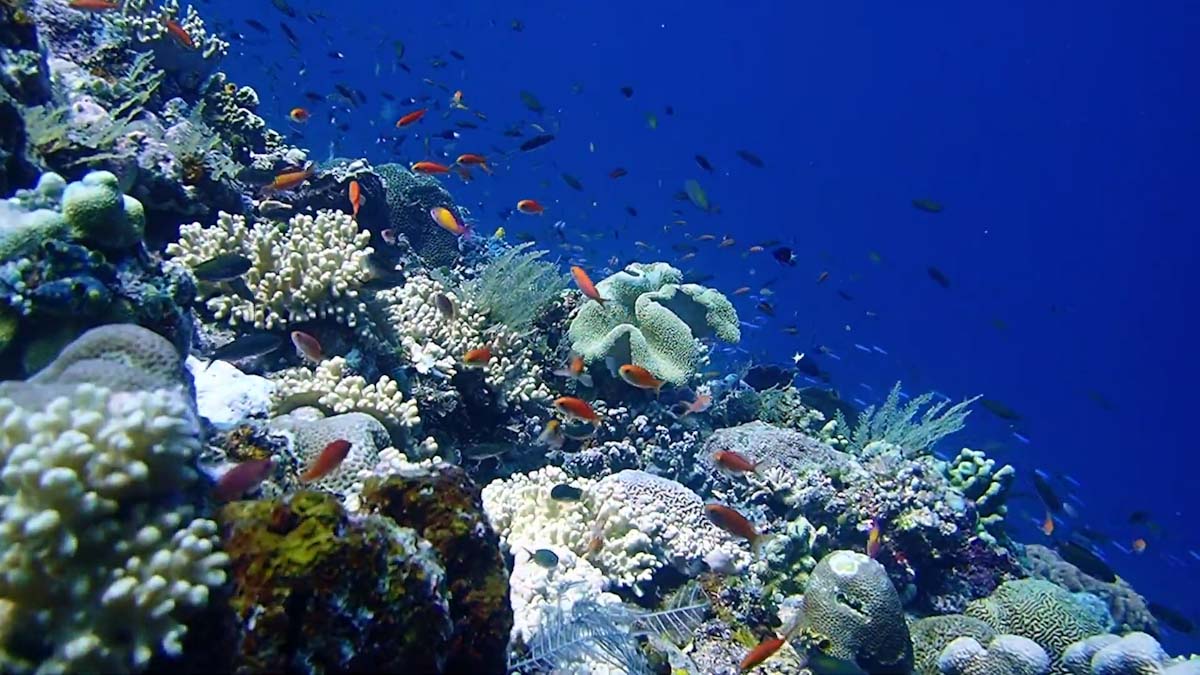
The islands offer large vertical walls plunging to 4,000 meters. Visibility is 40m and 70m in depth. The walls are in excellent health, beautiful corals, schools of fusiliers, snapper, schools of blue rainbow runners and large tuna. Also juvenile reef sharks. These Islands also home to a population of the large sponges. Some barrel sponges can swallow a diver in their orifice without difficulty. Night diving is particularly interesting here with the rare Photoblepharon bandanensis or more commonly known as the “flash light fish”. A significant number of sea turtles nest on the Lucipara and Penyu Islands further east.
Gunungapi
Gunungapi or "Mountain of Fire" is a dormant volcano rising in the middle of the ocean, its summit breaking the sea surface by 240m but having its base on the seabed at about 4000m depth. The closest island is 60 miles away. The dives are in vertical walls and underwater ridge formations that extend deep into the sea.

The island homes reef fish that populate its steep drop offs and walls: blue and red stripe fusiliers, black surgeonfish, occasional visiting pelagics, dogtooth tuna, barracuda, bumped head parrotfish, and extraordinarily an uncountable population of banded and olive sea snakes. These marine reptiles have found a sanctuary here among the warm volcanic vents and reef fish that live in the area. It is truly a unique spot that never ceases to amaze divers. In some shots there are over fifty snakes in the frame and they make inquisitive yet docile subjects. One of the best dive is in a vast vertical wall covered by yellow soft corals, sea fan and sponges with sea snakes cruising every where. Visibility is 70m vertically and 40m horizontally. Unforgettable.
Damar
Damar island is part of small archipelago of 4 small islands. The highest point of the island is Mount Wurlali's summit, an 868m andesitic stratovolcano. Dive on the wall with lots of big fish, pelagics and colorful seabed.
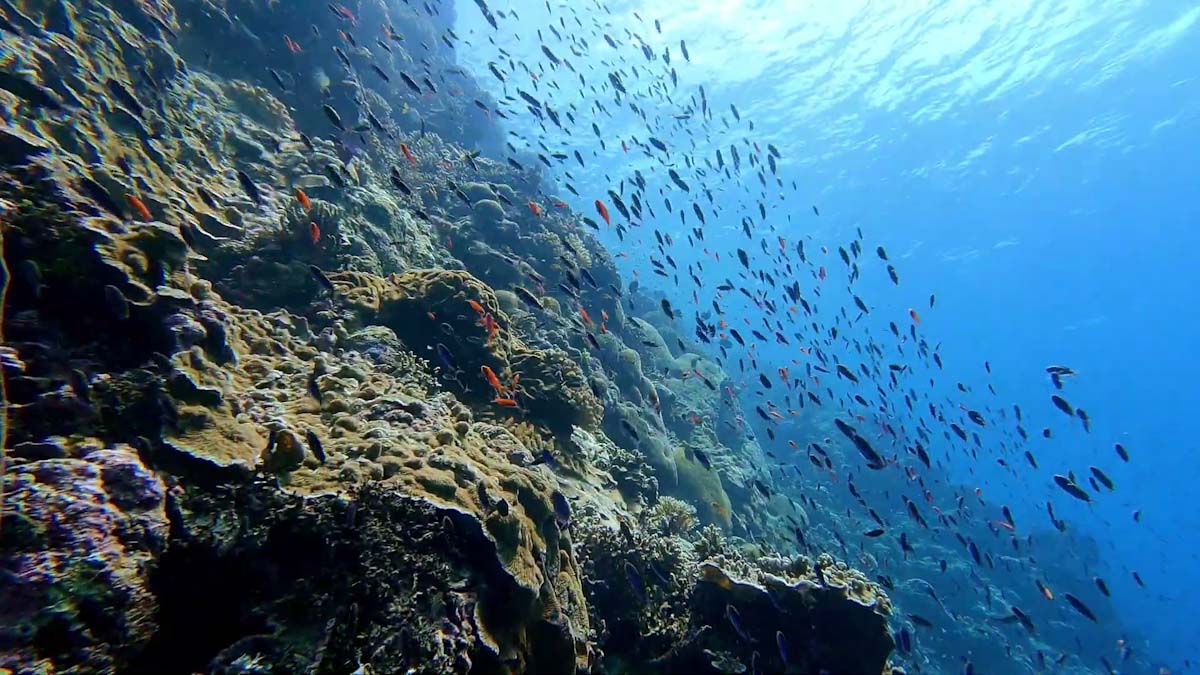
Terbang
Starting from the shallow reef top to the deep here is amazing coral growth and diversity. As you take in this natural wonders the diver will be watched by the inhabitants of the reef and passing pelagics. The fish are still curious here because it is so rarely dived.
Romang
The terrain slopes into the blue Banda Sea inviting you to swim amongst gorgonian fans, huge sponges and rainbow coloured soft corals. Keep your eyes out in the blue for tunas, Napoleon wrasses and sharks. Some of the spots around Romang are influenced by volcanic activity and provide great night diving where we can see Spanish dancers and fascinating bobtail squid.
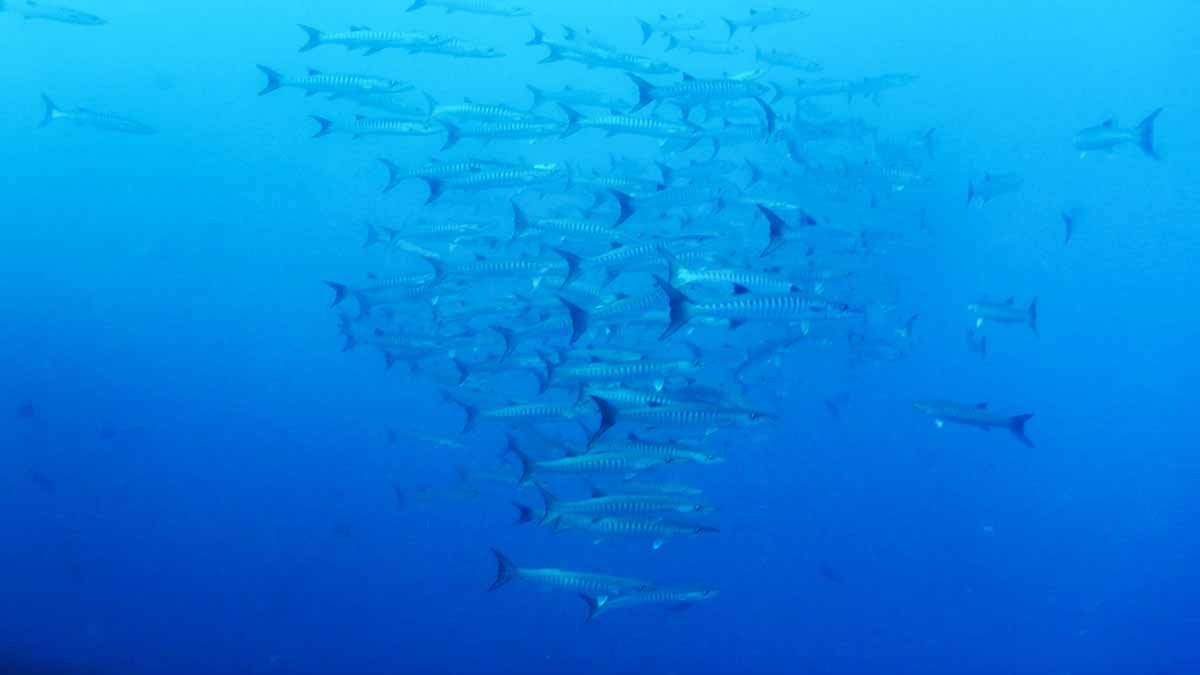
Wetar
The west coast of Wetar boasts amazing dive sites with drop-offs, colorful reefs and abundant fish life. Here there is a good chance to see some pelagics and large school of barracuda. Mind your depth as you swim over the edge in deep blue water as we are many miles away from civilization! Along the north coast we have regular sightings of dolphins and whales, often just a few meters away from the dive site!
Alor
Another Indonesian location that is becoming more and more famous for diving. In the strait of Alor between the islands of Alor and Pantar, there are three extinct volcanoes, the largest of the three, is the island of Pura.
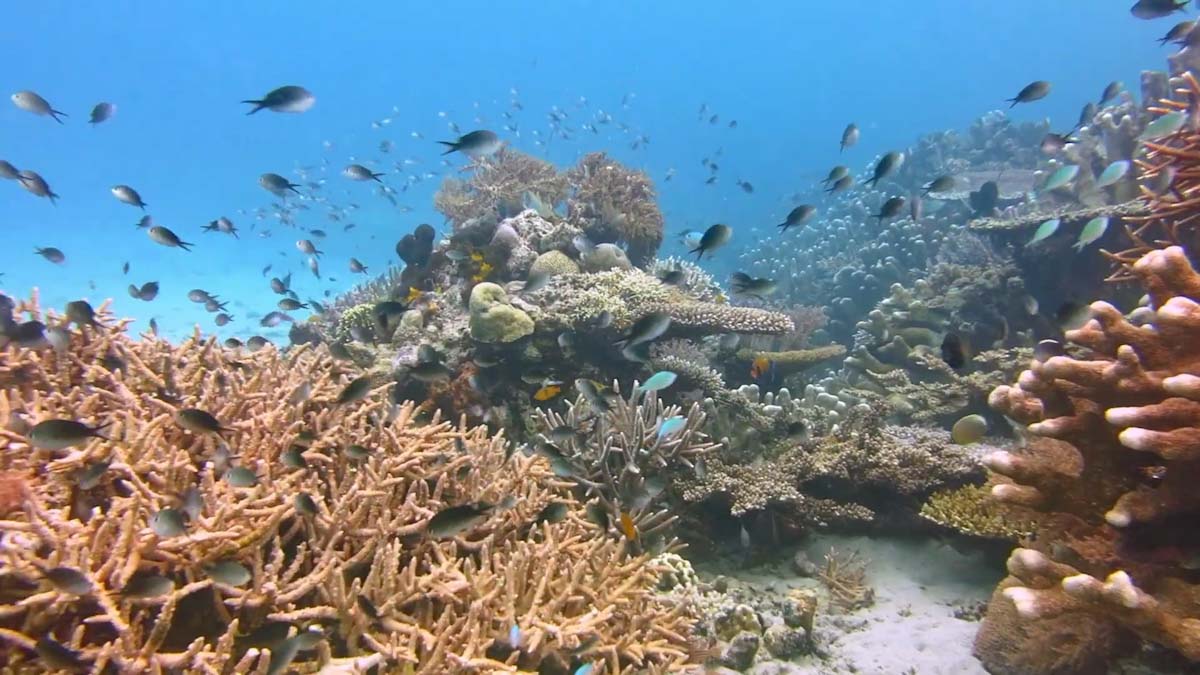
The inhabitants are dedicated to weaving and are of Melanesian race, dark skinned with long hair. The locals protect the coral reefs, which are in full health, they practice sustainable fishing with traps and harpoons. Nice to see them at work, diving in freediving up to 20 meters deep to place the traps. Children and teenagers are perfect subjects for your photos. The Alor Strait is another landmark on the Indonesian dive map. Sitting dramatically in the strait between the two large islands of Pantar to the west and Alor to the east are three small, long-extinct volcanoes, the largest of which rests on the evergreen island of Pura.
Pura
Pura is one center for traditional weaving and the islanders here are Melanesian in ethnicity with dark skin and tight curly hair.
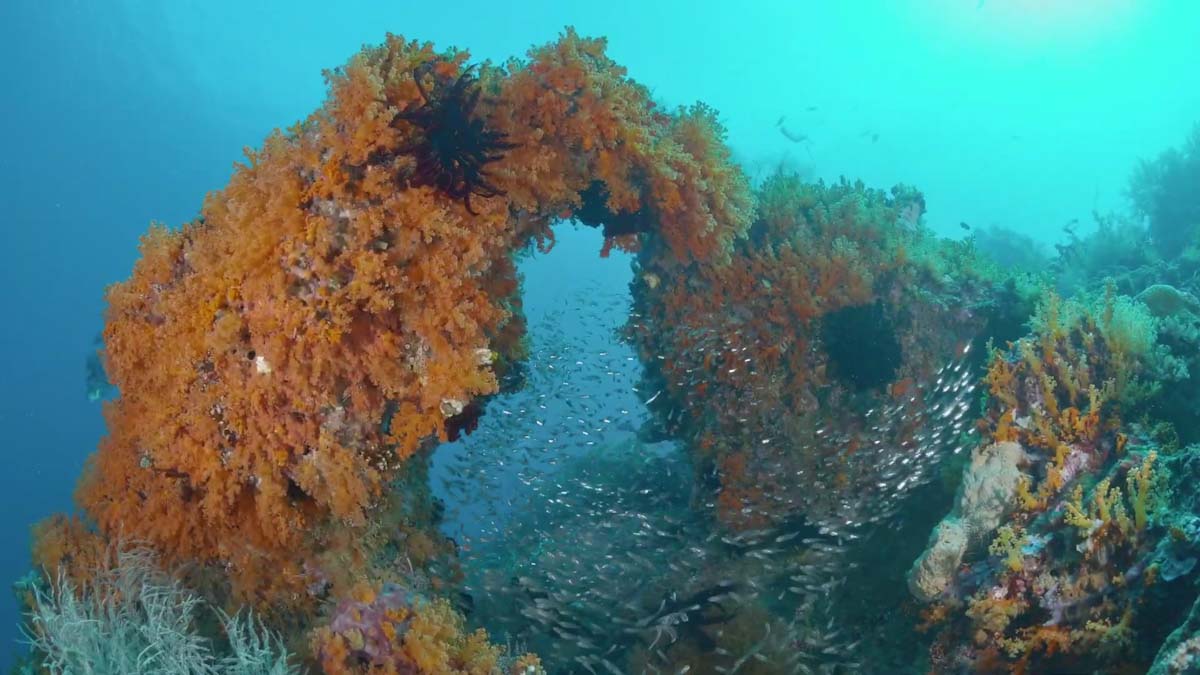
Not only does Pura offer pristine reefs, each village protects the reef on its shores and practices a sustainable fishing system of traditional fish traps and spear fishing, but also the opportunity of seeing the spear fishermen carrying out their trade.
The men and kids -and also now the young girls in their canoes-, are a delight, diving down up to 20m on occasion, to tend the traps or shoot a nearby reef fish. They also make willing underwater photo subjects. There are also great opportunities to take split shots of the small outriggers with the spear fishermen hunting below.
Here we have many different diving options. Whether you prefer drifting along coral encrusted walls, sloping reefs in crystal clear water or hunting for nudibranchs and ghost pipefish there really is something for everyone.
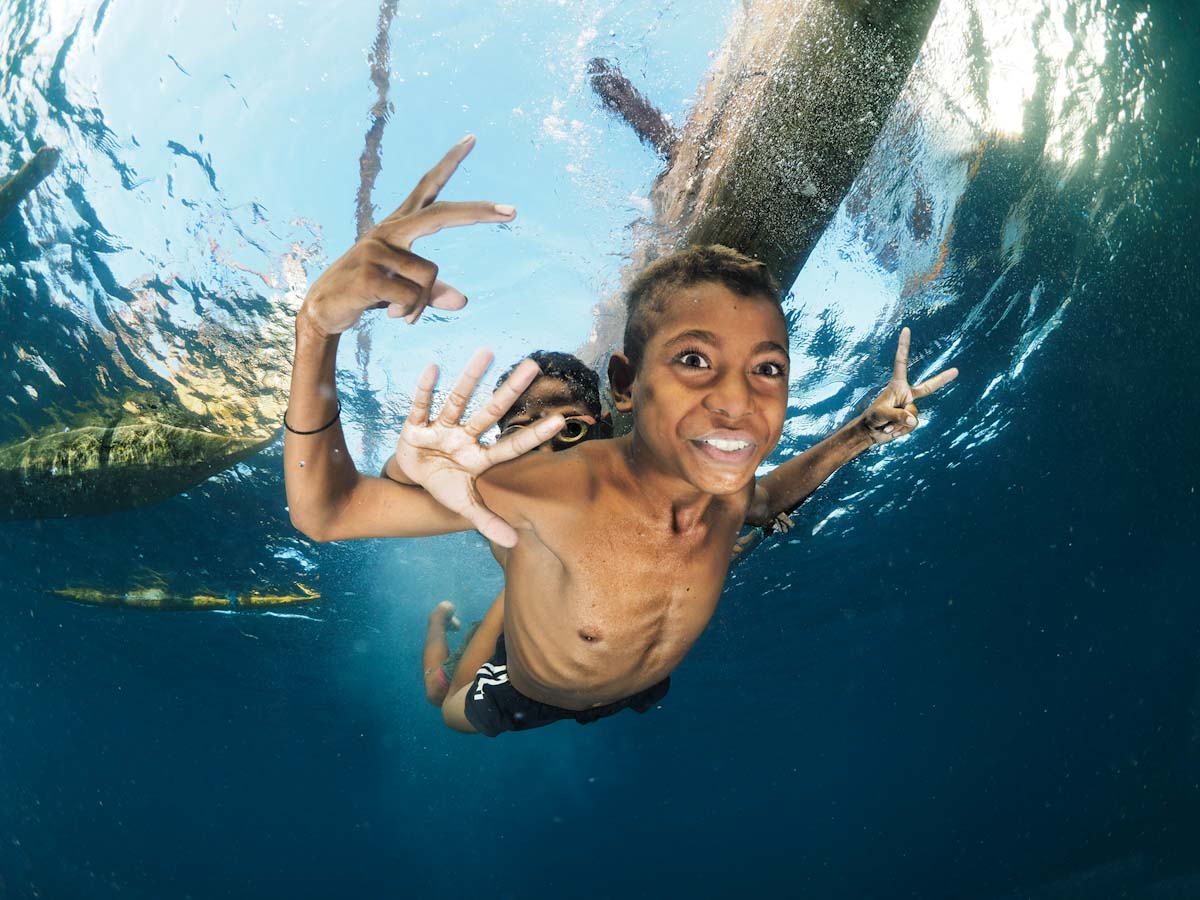
On the north coast of Alor we have a dive site where you will be completely surrounded by fish life. Steep slopes and drift diving on the current bring in the big fish on to this beautiful reef. Certainly good enough for a second look!
Kawula and Pantar
Whereas Kavula offers crystal blue water diving and spectacular overgrown drop-offs, the island of Pantar shows its best side for the night dive. Between dives there is the opportunity to visit one of its traditional villages lost in time.
Maumere
Maumere harbour offers some of the most amazing and diverse dive locations in the world. Under the pier we can find razor fish, different species of pipefish, seahorse, frogfish, scorpion fish a wealth of colorful nudibranchs plus schools of barracuda and batfish. Maumere always provides the perfect setting to start or end a memorable dive cruise, not by chance in recent times it has served as a port of departure or arrival on many cruises to Komodo or Alor.
Ring of Fire dive cruise itinerary: from Ambon to Maumere
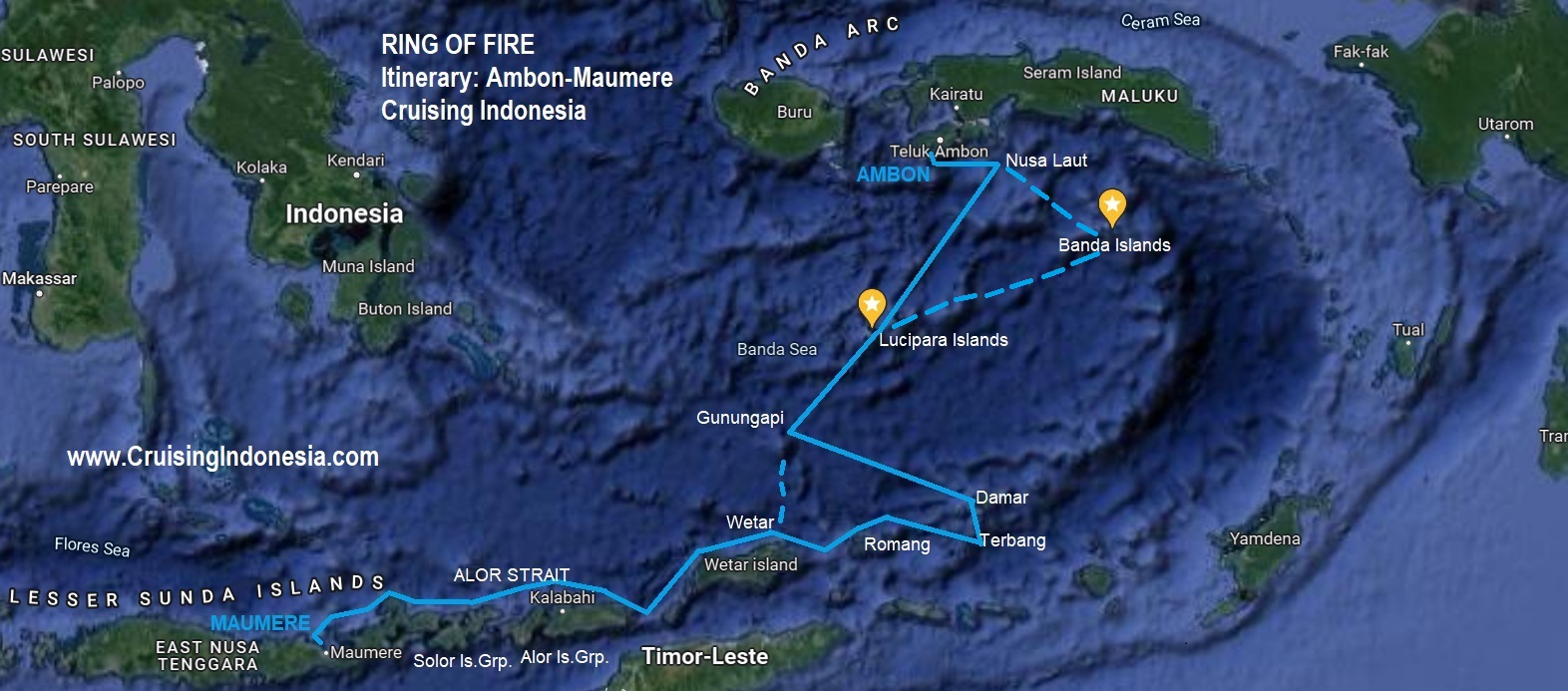
Ring of Fire dive cruise from Ambon to Maumere itinerary: this cruise can follow different itineraries, depending on the time available. Dive sites: Ambon, Nusa Laut, Banda Sea, Lucipara, Gunungapi, Damar, Terbang, Romang, Wetar, Alor Is.Grp., Solor Is. Grp., and Maumere
Liveaboards specialized in the Ring of Fire
Seven Seas Liveaboard
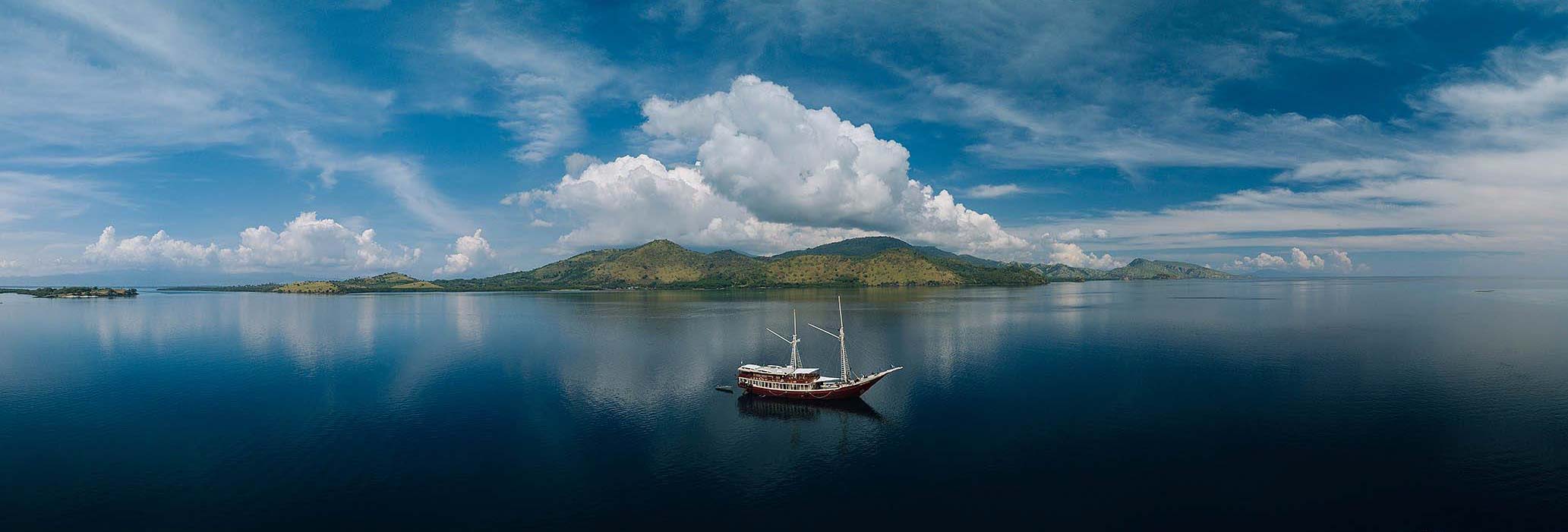
Seven Seas Liveaboard, pioneer in exploring the Ring of Fire itinerary
Oceanic Liveaboard
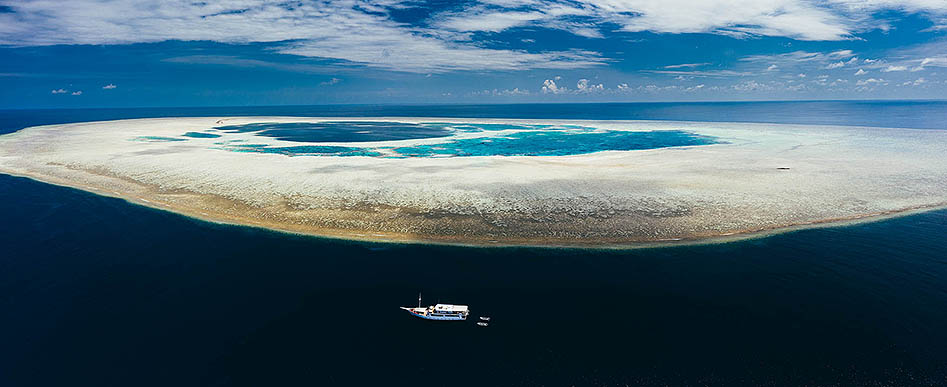
Liveaboard diving in the Ring of Fire with OCEANIC
2. DIVING FACTS
Diving season: From March to April and from October to December. The months of March and April, and mid/late-September to early/mid-December are the best times for diving in the Banda Sea, based upon surface conditions. Rainy season: From January to February and from June to August. Water temperature: 25-30°C. A 3mm shorty should be sufficient. If you feel the cold easily a 5mm shorty is advisable. Visibility: 8m-30m. Depths: 5- >40m. Currents: Can be strong. Surface conditions: Can be rough in Maumere and Alor. Experience level: Intermediate - Advanced. Dive sites: >65. Length of stay: Recommended 10-16 days on liveaboard cruise.
3. TRAVEL FACTS
Airport: Arrival Airport, Ambon. Departure Airport, Maumere. International flights reach Bali or Jakarta, then domestic flight to Ambon. From Maumere domestic flight to Bali or Jakarta connecting international flight. Weather: 27-32 degrees. Indonesia has two seasons: wet and dry. In most of Indonesia the wet season is from October to April and the dry from May to September. Banda Sea wet season is from May to September. Time zone: Lesser Sunda Islands GMT +8. Maluku GMT +9 Transit night & connecting flight: You may need to spend one night in transit in Indonesia before and/or after your cruise, depending on your domestic and international flight schedules. We have the most competitive airfares with the most convenient flight timetables, and hotels for all budgets. Does it seem complicated? Contact an operator who speaks your language and who can assist you in Indonesia. Feel free to contact us now!
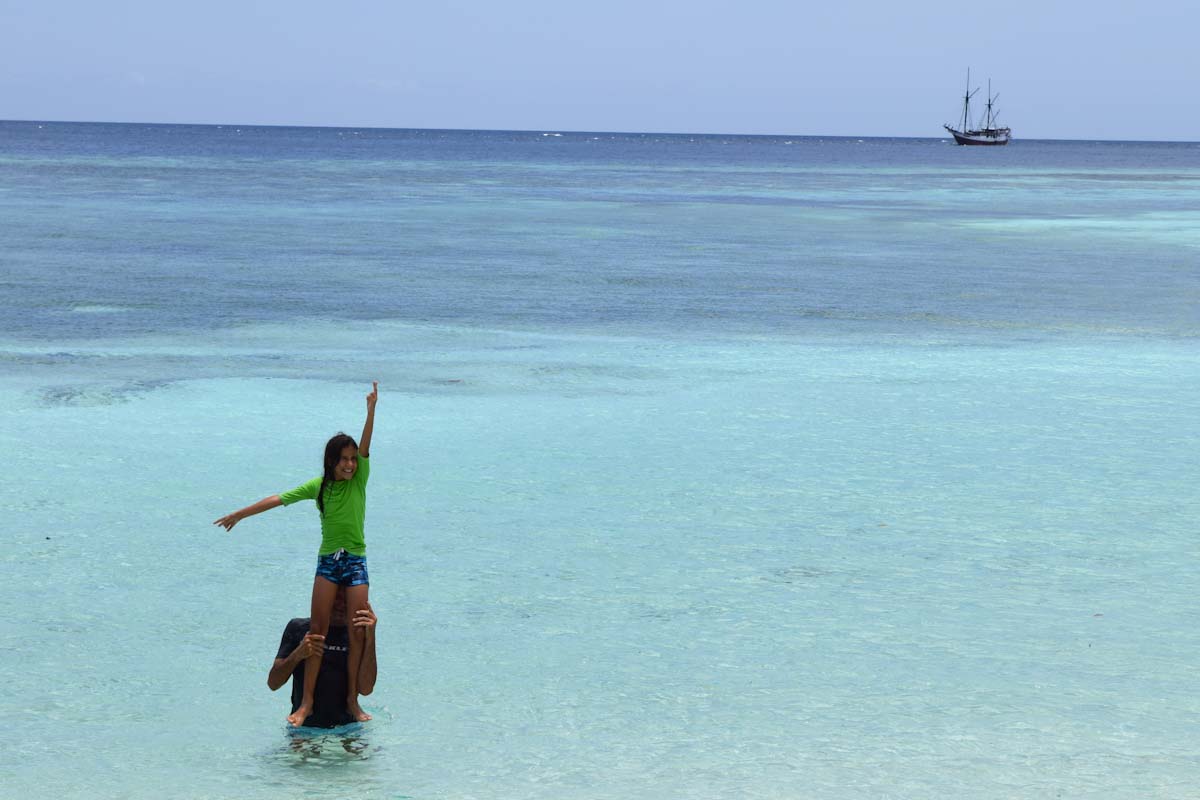
4. RING OF FIRE CHARTERS
Ring of Fire offers many possibilities for planning a cruise absolutely off the beaten track. For those who practice scuba diving, it is a great opportunity to find out about the different diving environments that Indonesia offers. We can say that this will be a cruise dedicated to the discovery and enjoyment of the great biodiversity that Indonesia offers. On the other hand, for those who do not dive, sailing in the Ring of Fire, they will be able to discover places that are practically unknown and where the word "tourism" does not exist.
The experience of renting a liveaboard in the Ring of Fire will surely be a lasting memory for groups of families or friends looking for a comfortable adventure in the confines of Indonesia. As always, island hopping will be the greatest adventure for the family with children, who will enjoy snorkeling in sheltered spots on these paradisiacal islands and where they will learn about the incredible marine species of Indonesia, thanks to our expert and dedicated liveaboard crew.
Visiting Banda Neira, capital of the Spice Islands
After diving Banda Islands a fascinating land excursion in Spice Islands take you back in Banda Neira's colonial times. Our disembarking point will be in the seafront hotel, an antique architecture that was once protected by picturesque cannons that still now aimed to the sea. Clean and quiet the street of Banda Neira take us to the picturesque and curious museum, the Old Dutch Fort and finally the plantations, where we enjoy a tea break along with sweets and cakes made from cinnamon, glove, and nutmeg. This tour will be offered in the cruises visiting Banda Islands.
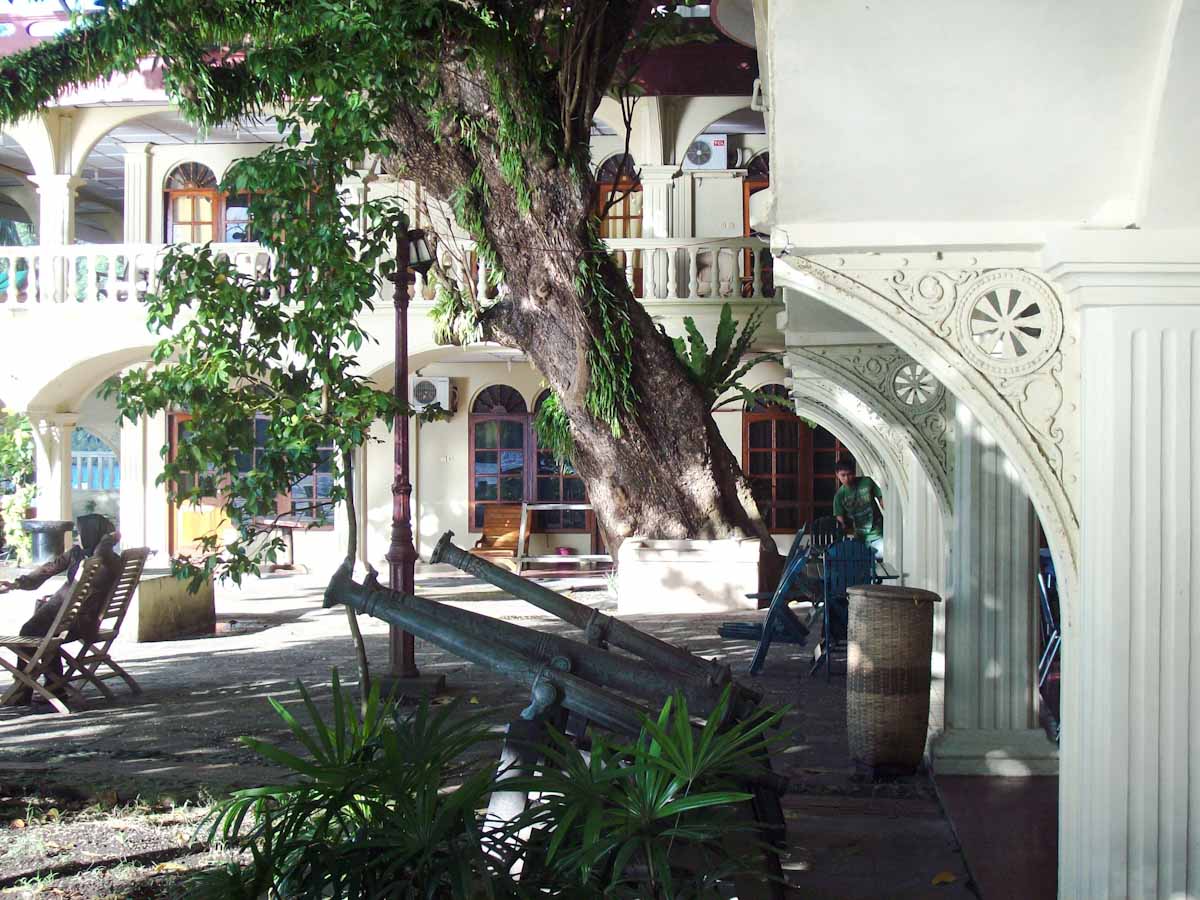
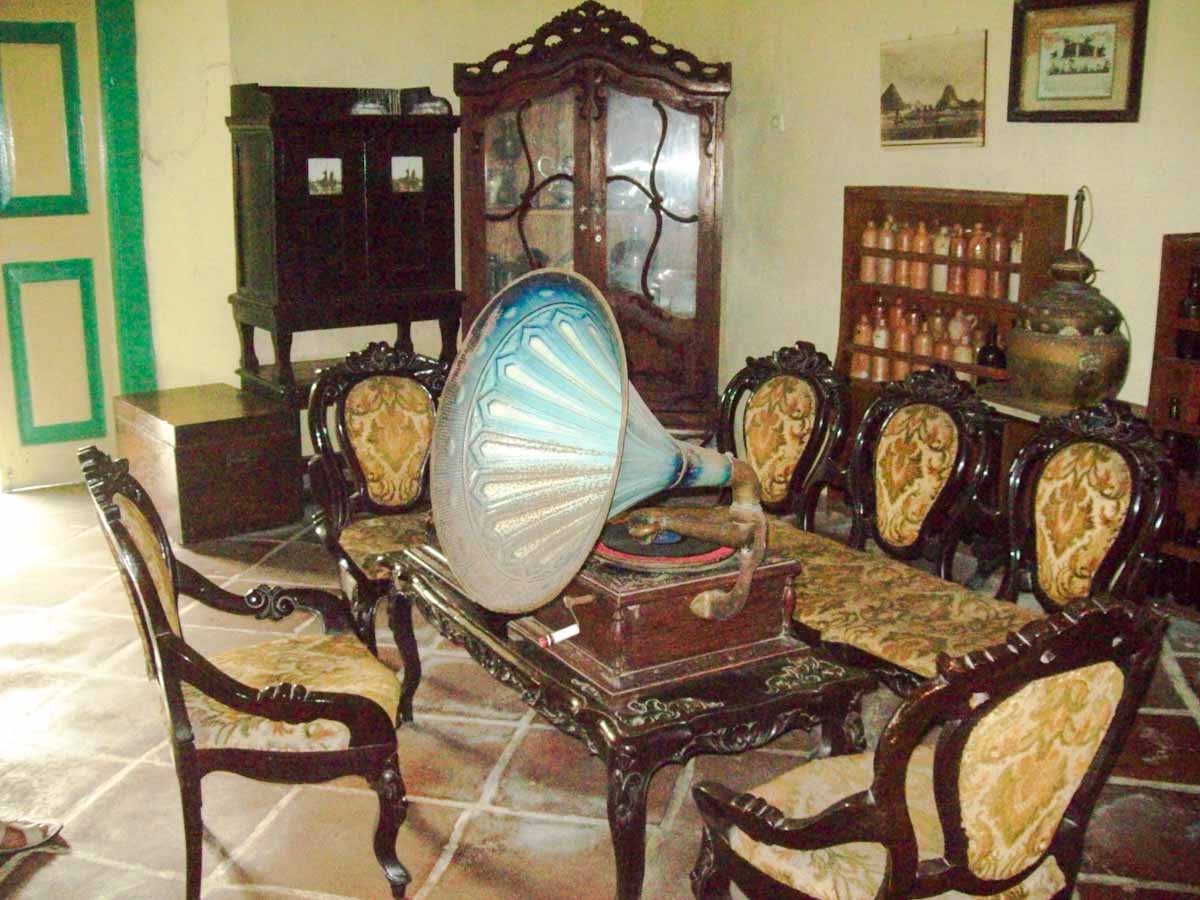
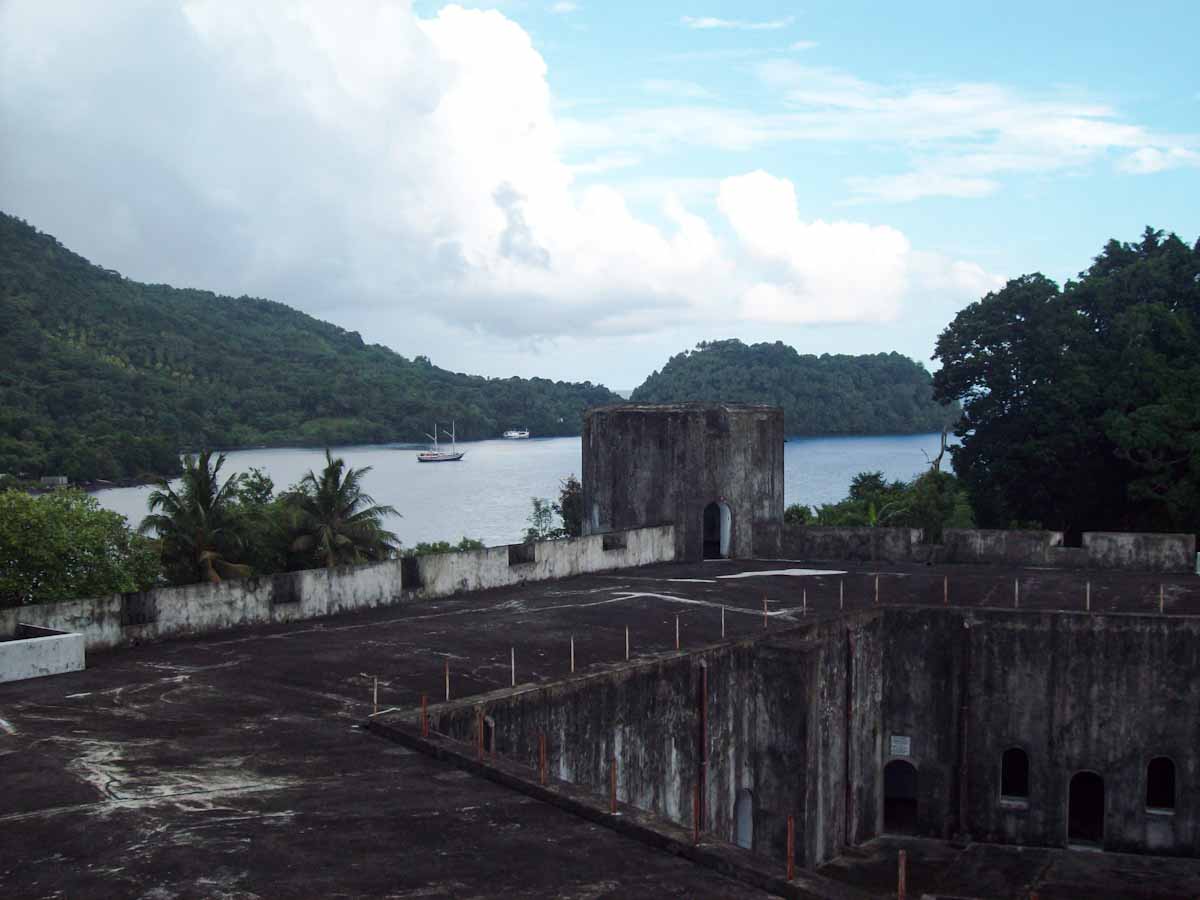
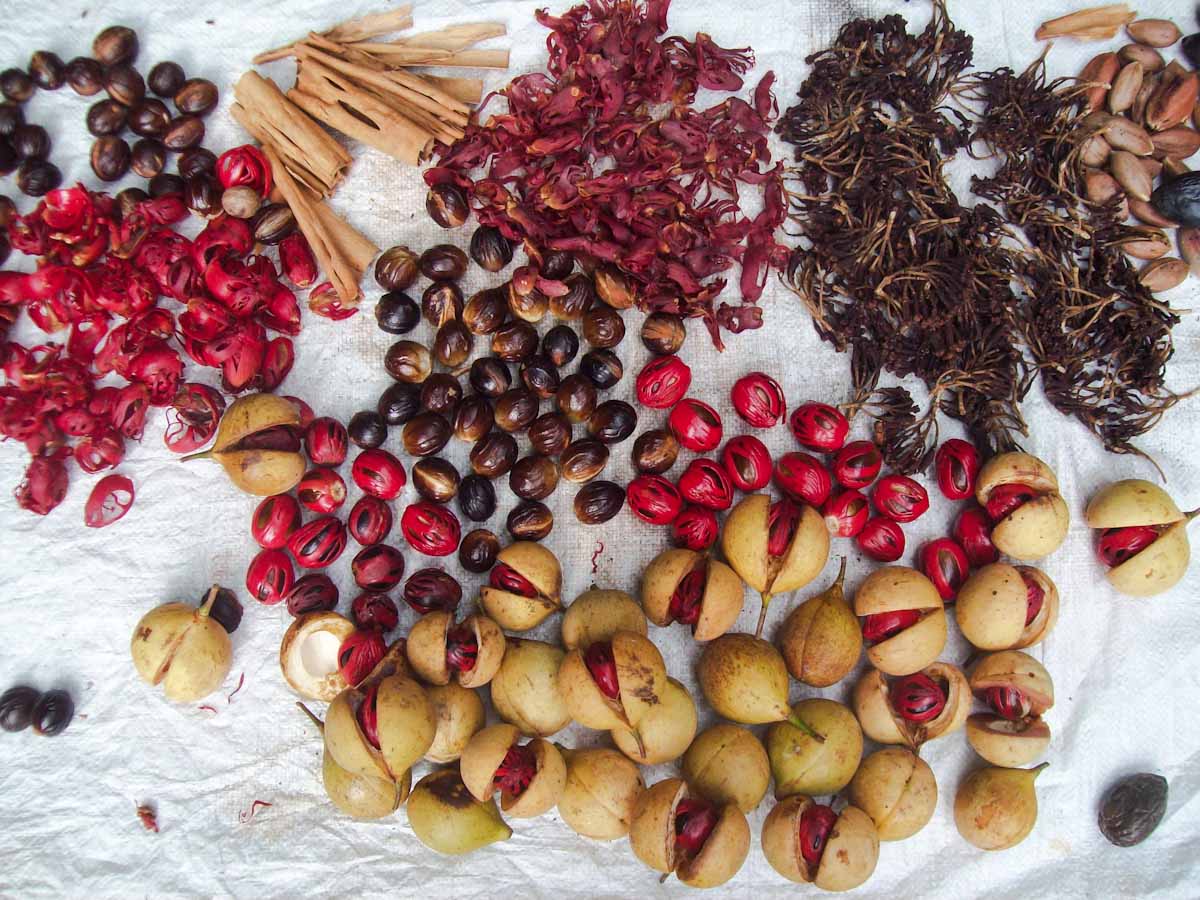
Cruising Indonesia | The Liveaboard & Dive Specialists
Cruising Indonesia is committed to ensuring you not only a perfect diving holiday but also the best price guarantee. Contact us and we will arrange everything you need: every single details of your cruise reservation, the international & domestic flights, the ground services, an amazing tour extension...
Reserve Ring of Fire now!



